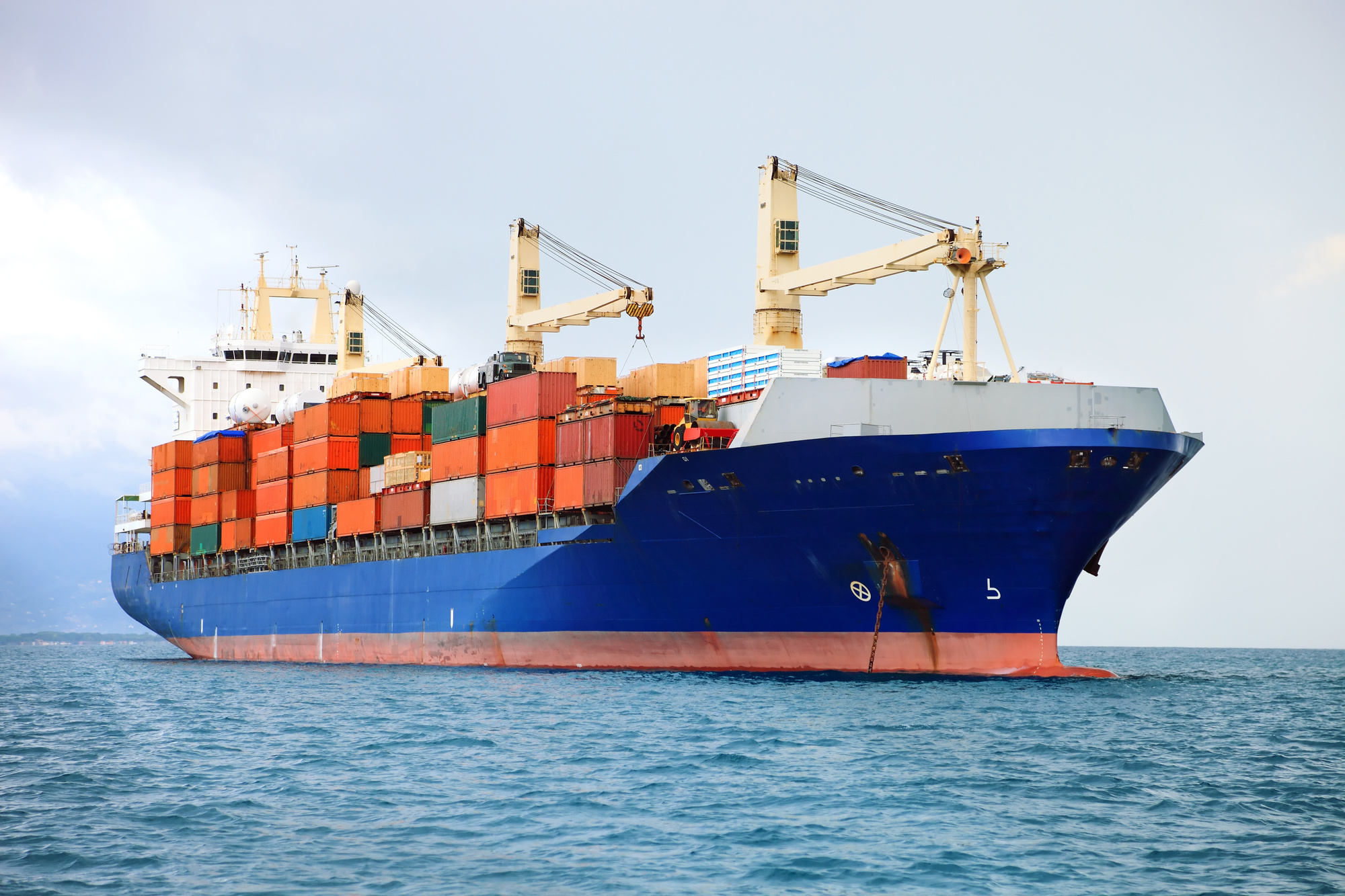
cargo container ship in mediterranean coast
The shipping industry was worth about $61 Billion in 2021. Today, many sea-going businesses import and export goods across the globe.
With so much trade taking place, it is essential for shipping businesses to know and understand the dangerous goods that they are moving, where they can travel, and how they should be handled and packaged.
This is where the International Maritime Dangerous Goods Code, or IMDG Code, comes in. Read on for a brief overview of the guidelines of the IMDG Code.
What Is the International Maritime Dangerous Goods (IMDG) Code?
The IMDG Code is an international maritime code that regulates the transport of dangerous goods by sea. It is a comprehensive code that covers all aspects of the safe transport of dangerous goods.
The code is mandatory for all vessels of 500 gross tonnages and above. The Member States of the International Maritime Organization (IMO) have agreed to implement the code through national legislation.
While the IMDG code is not binding on its own, many countries have enacted laws that incorporate its provisions. In the United States, for example, the Coast Guard has adopted the code as part of its Hazardous Materials Regulations.
What Does the IMDG Code Include?
The IMDG code is periodically updated to reflect changes in the transportation of dangerous goods. This is to align with other international codes and conventions. The code includes requirements for the following:
IMDG Classification
The code is divided into two parts. The first part deals with the IMDG classes of dangerous goods.
The second part deals with the packaging and labeling of dangerous goods. It also includes detailed instructions on how to handle dangerous goods in the event of an accident or incident.
List of Dangerous Goods
The code covers a wide range of hazardous materials. This includes explosives, corrosives, flammable liquids, poisonous gases, and radioactive materials.
Training of Personnel
All personnel involved in the transport of dangerous goods by sea must be trained in the IMDG Code. This includes ship and shore-based personnel, such as captains, mates, deck and engine officers, cargo officers, stevedores, terminal operators, and packers.
The IMO has developed a course on the IMDG Code. There is available IMDG training online for anyone with an interest in the transport of dangerous goods by sea.
The Benefits of Using the IMDG Code
The benefits of using the IMDG Code include gaining an understanding of the requirements for the international transport of dangerous goods. It also provides a framework for managing the risks.
The use of the IMDG Code also helps to ensure the safety of maritime workers and the general public. It is an essential tool for anyone involved in shipping dangerous goods by sea.
Understand the IMDG Code for the Safety of Workers
The international maritime dangerous goods code is designed to improve safety through a uniform set of rules that must be followed by all countries. By following the code’s requirements, workers can help to avoid accidents and injuries.
If you’re interested in learning more guidelines, check out the rest of our site.
Leave a Reply